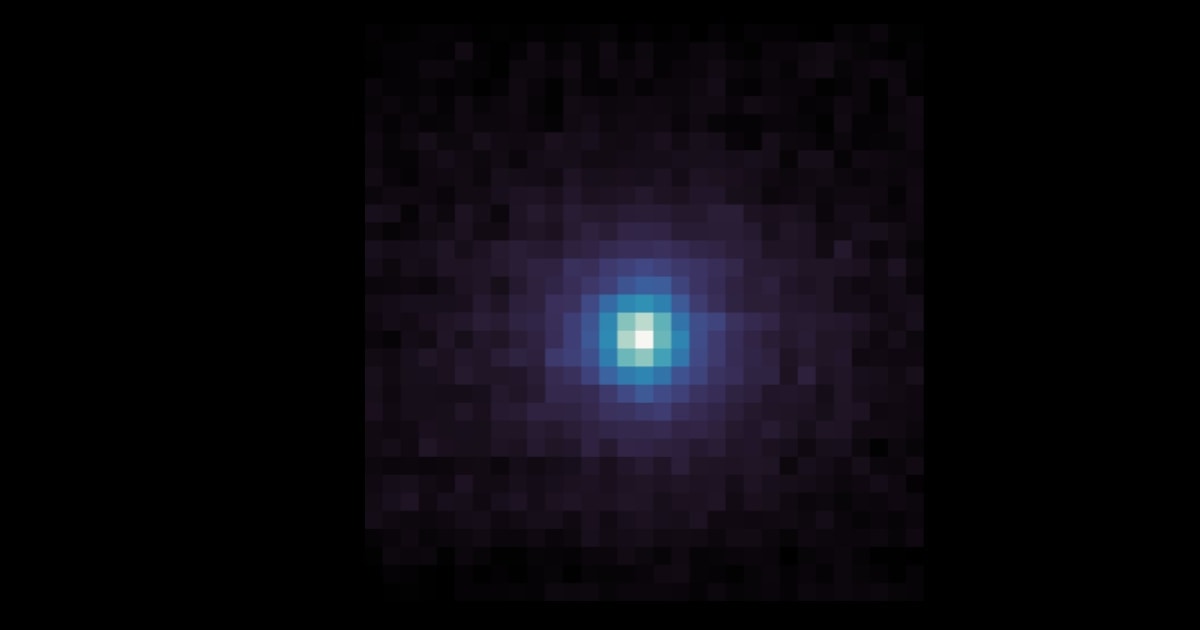Interstellar comet 3I/ATLAS to make its closest approach to Earth soon—where is it now?

Interstellar comet 3I/ATLAS, one of this year's most talked-about celestial visitors, is currently on its way out of the solar system and is expected to make a close pass by Earth. According to data on SkyLive, the closest approach of the object is expected on Friday, December 19, 2025. It is projected to pass by at about 167.1 million miles, which is equivalent to 1.798 AU.

Our third confirmed interstellar visitor is about 184 million miles from Earth, meaning its light takes more than 16 minutes to reach our planet. For astronomers following its path, comet 3I/ATLAS is currently positioned in the constellation Virgo. The most recent recorded apparent magnitude of this comet is 10.2 and is only visible via telescopes and maybe binoculars. Its apparent coordinates for today are a Right Ascension (RA) of 12h 25m 04s and a Declination (Dec) of -01° 37’ 17”.
On November 25, 2025, the comet will be at RA 12h 20m 02s and Dec -01° 10’ 53”. The next day, on November 26, it will move to 12h 16m 47s RA and -00° 53’ 39” Dec. By November 27, the inbound visitor will be at coordinates 12h 13m 27s and -00° 36’ 05” Dec. On November 28, the object will be situated at 12h 10m 04s RA and -00° 18’ 06” Dec. Finally, on November 29, it will be at 12h 06m 37s RA and +00° 00’ 13” Dec.

Recently, two dedicated amateur astronomers took the sharpest color image yet of the interstellar visitor, comet 3I/ATLAS, using only their backyard equipment. Michael Jäger and Gerald Rhemann used a standard 12-inch telescope and a specialized camera to capture an amazing photo that confirms the object's cometary nature while displaying several peculiarities.
This image shows a classic comet structure: a bright, characteristic tail and a glowing head, or coma. The tail has a distinctive blue colour because it is formed of ionised carbon monoxide gas that is pointing directly away from the Sun due to solar wind. The green glow of the comet's head originates from diatomic carbon (C2) gas, which is created as the icy nucleus is warmed. But the most puzzling feature is a clear jet of material streaming sunward from the nucleus. Although sunward-pointing features are extremely rare for solar system objects, scientists have an explanation.

They theorize that this comet's centuries-long journey through deep space could have altered its outer crust. This tough, ancient surface is now shedding exceptionally large, heavy dust grains as it heats up near the Sun. These massive grains are too dense to be easily repelled by the pressure of sunlight or the solar wind, and this causes them to form an "anti-tail". This spectacular Earth-based image makes 3I/ATLAS an interstellar comet that is both fascinating and unusual.
More on Starlust
NASA says 3I/ATLAS is 'not a danger to Earth' after revealing unseen images
Harvard astronomer Avi Loeb criticizes NASA’s big 3I/ATLAS reveal: 'Boring messages'









